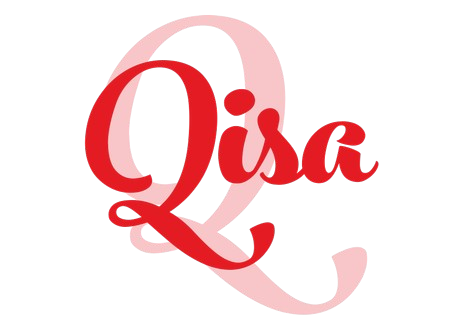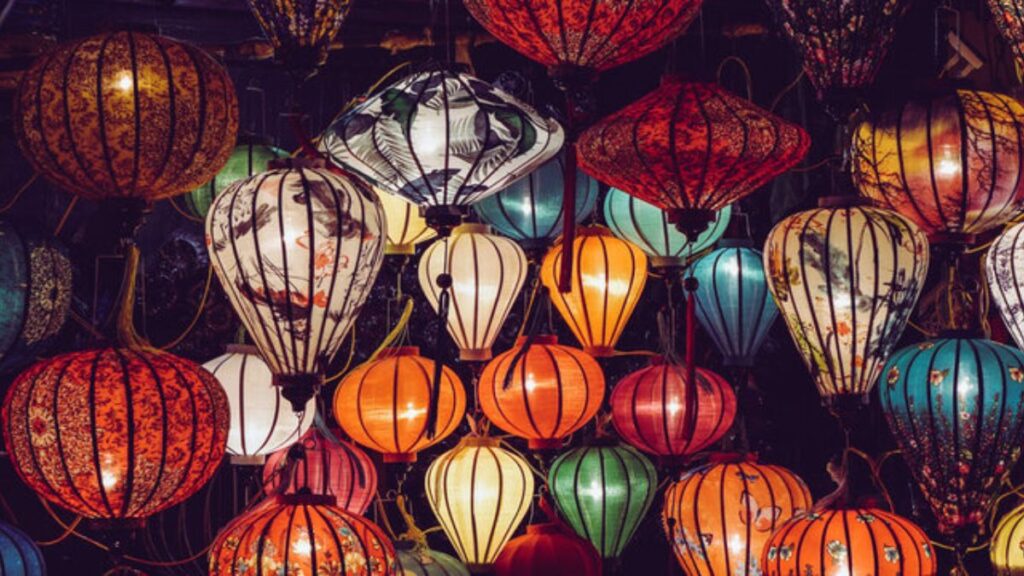Introduction to Hitaar
Hitaar is more than just an art form; it’s a vibrant expression of culture and tradition. Rooted in rich history, this captivating craft captures the essence of communities and their stories. As you explore Hitaar, you’ll discover not only its intricate designs but also the deep meanings behind each piece. This journey highlights how art can bridge generations, reflecting values that span time. So, let’s delve into the world of Hitaar and uncover what makes it so significant in today’s society.
The History and Origin of Hitaar
The history of hitaar is deeply rooted in ancient traditions. This art form emerged from the rich tapestry of cultural expressions found in various regions, particularly in South Asia.
Initially, hitaar was created as a means to convey stories and folklore through intricate designs. Artisans would use natural materials, reflecting their connection to the environment around them.
As time progressed, these artworks became symbols of identity for different communities. Each region infused its unique characteristics into hitaar creations, making them diverse yet connected through shared histories.
Influences from trade routes brought new techniques and styles into play. The blend of cultures enriched the artistry further, allowing it to evolve while retaining its original essence.
Today, traces of this historical journey can still be seen in contemporary practices that honor traditional methods while adapting to modern sensibilities.
The Cultural Significance of Hitaar
Hitaar holds deep cultural roots that resonate with communities. This art form transcends mere aesthetic appeal; it embodies traditions, stories, and shared values.
Each piece tells a narrative, often reflecting local myths or historical events. The intricate designs showcase the skill of artisans while preserving their heritage.
Beyond artistry, Hitaar fosters community bonds. It is often created collaboratively during festivals or ceremonies, reinforcing social ties among members.
The vibrant colors and patterns represent not just beauty but also identity. They serve as a visual language for expressing emotions and beliefs unique to each culture.
As generations pass down techniques and stories associated with Hitaar, its significance evolves yet remains grounded in tradition. This continuity enriches cultural landscapes while inspiring contemporary interpretations.
Different Types of Hitaar Artwork
Hitaar encompasses a variety of artistic expressions that reflect the rich cultural tapestry from which it originates. Each type showcases unique techniques and themes, making the art form diverse.
One prominent style is mural painting. These vibrant depictions often illustrate local myths or daily life, bringing stories to walls where they resonate with viewers.
Another fascinating aspect is textile hitaar. Intricate patterns woven into fabric highlight craftsmanship passed down through generations. The designs often carry personal and communal meanings, reflecting identity and heritage.
Ceramic hitaar stands out as well. Pottery adorned with traditional motifs serves both functional and aesthetic purposes, merging utility with artistry in everyday items.
Wood carvings offer a tactile experience. Artists meticulously carve detailed figures or scenes that invite closer examination while celebrating nature’s beauty. Each piece tells its own story within this captivating art form.
Hitaar in Modern Society
Hitaar continues to thrive in modern society, adapting to contemporary tastes while preserving its rich heritage. Artists today are infusing traditional techniques with innovative styles, creating a vibrant fusion that captivates diverse audiences.
Social media plays a crucial role in this evolution. Platforms like Instagram showcase hitaar artists and their work, connecting them with global art lovers. This visibility has led to collaborations across cultures and disciplines.
Moreover, educational programs have emerged focusing on hitaar traditions. Workshops invite younger generations to learn these skills, ensuring the craft’s longevity. This exchange fosters appreciation for cultural diversity.
Commercialization also impacts how hitaar is perceived today. While some criticize it for losing authenticity, others argue that it expands reach and accessibility. The balance between tradition and modernity remains a dynamic conversation within artistic circles.
Preserving the Tradition of Hitaar
Preserving the tradition of Hitaar is crucial for maintaining its cultural richness. Artists today face challenges, from modernization to dwindling interest among younger generations.
Initiatives are emerging that aim to bridge this gap. Workshops and community programs encourage participation in Hitaar art forms. These efforts not only teach techniques but also instill pride in heritage.
Social media plays a pivotal role too. By showcasing stunning pieces online, artists reach broader audiences, sparking renewed interest in this traditional craft.
Collaborations between seasoned artisans and newcomers can breathe new life into Hitaar. This exchange of ideas fosters innovation while honoring age-old methods.
Collecting and documenting stories behind each piece adds depth and narrative value. It transforms mere artwork into living history, encouraging appreciation across diverse demographics.
Conclusion
Hitaar is more than just an art form; it embodies a rich tapestry of culture and tradition. Its history reveals the deep-rooted connections to the community, while its various forms showcase creativity and skill passed down through generations. Today’s artists continue to innovate within this framework, blending traditional techniques with modern perspectives.
As we embrace contemporary society, it’s essential to recognize and appreciate the cultural significance of hitaar. The artworks offer insights into historical narratives, beliefs, and values that shape identities.
By supporting local artisans and attending exhibitions or workshops, individuals can actively participate in preserving this vibrant tradition. Engaging with hitaar not only enriches our understanding of cultural heritage but also fosters appreciation for artistic expression across different communities.
The journey of hitaar reflects resilience and adaptability—a celebration of artistry that continues to evolve while staying true to its roots. Embracing hitaar means honoring the past while inspiring future generations to keep these traditions alive.






